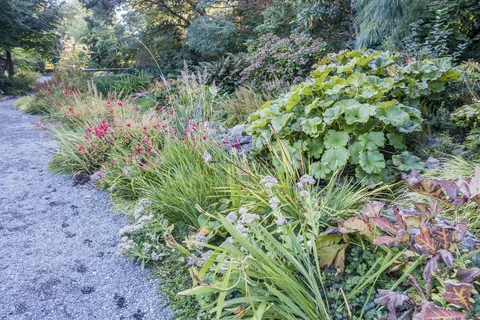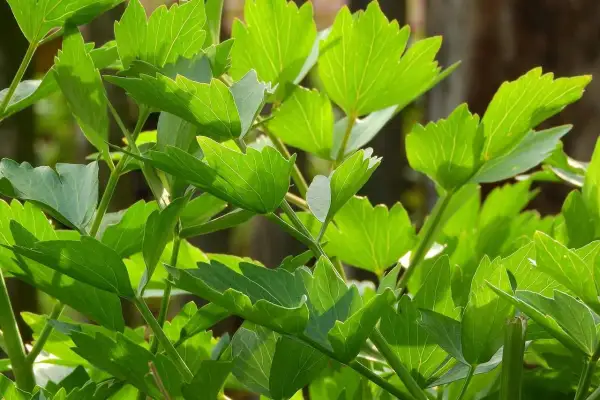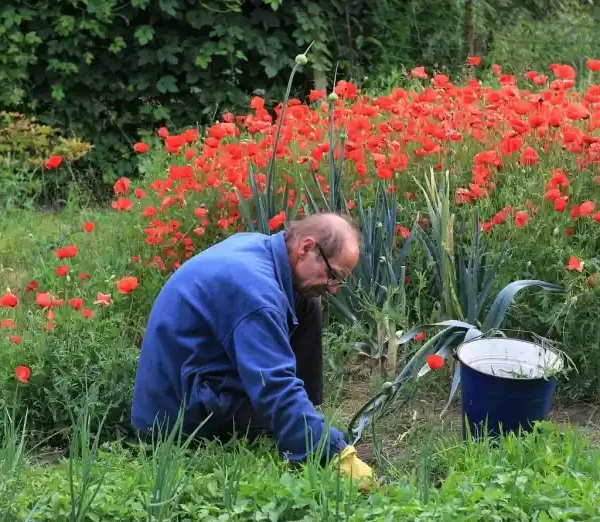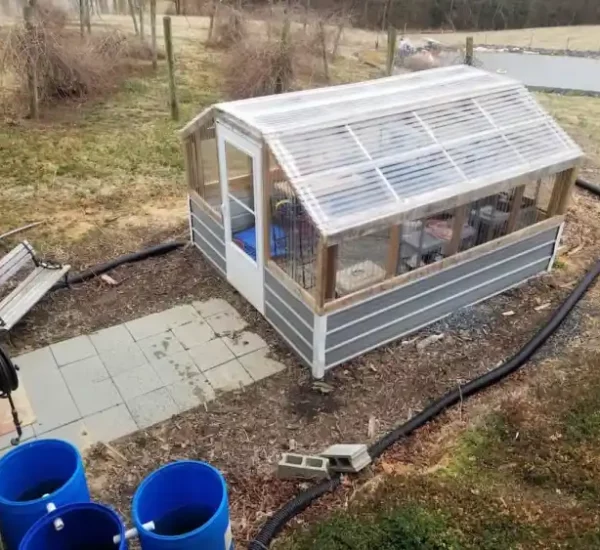Understanding USDA Hardiness Zone 8
USDA Hardiness Zone 8 is characterized by mild winters and relatively warm summers, with average minimum temperatures ranging from 10°F to 20°F (-12.2°C to -6.7°C). This zone encompasses regions with a Mediterranean-like climate, as well as coastal areas and parts of the southern United States.

Factors to Consider in Zone 8 Gardening
Before selecting plants for Zone 8 gardens, consider factors such as soil type, sunlight exposure, and water requirements. Additionally, be mindful of microclimates within your garden space, which may affect plant growth and performance.
Recommended Plants for Zone 8
Azaleas (Rhododendron spp.)
Azaleas are beloved for their vibrant blooms and evergreen foliage, making them popular choices for Zone 8 gardens. Recommended by the American Rhododendron Society, they thrive in acidic soil and partial shade.
Crape Myrtle (Lagerstroemia indica)
Crape Myrtles are small trees or shrubs known for their showy summer flowers and colorful bark. Endorsed by the University of Florida IFAS Extension, they are well-suited for Zone 8’s warm temperatures and provide year-round interest.
Lantana (Lantana spp.)
Lantanas are drought-tolerant perennials appreciated for their colorful flowers and attractiveness to butterflies. Recommended by the University of California Statewide Integrated Pest Management Program, they thrive in Zone 8’s sunny locations and well-drained soil.
Japanese Camellia (Camellia japonica)
Japanese Camellias are prized for their elegant blooms and glossy evergreen foliage. Endorsed by the American Camellia Society, they prefer acidic soil and partial shade, making them ideal for Zone 8 gardens.
Sago Palm (Cycas revoluta)
Sago Palms are rugged and drought-tolerant cycads appreciated for their architectural form. Recommended by the University of Georgia Extension, they add a tropical flair to Zone 8 landscapes and thrive in well-drained soil and full sun to partial shade.
Bottlebrush (Callistemon spp.)
Bottlebrushes are evergreen shrubs or small trees known for their distinctive red flowers resembling a bottlebrush. Recommended by the Royal Horticultural Society, they are well-suited for Zone 8’s warm temperatures and add a splash of color to the landscape.
Knock Out Rose (Rosa ‘Knock Out’)
Knock Out Roses are low-maintenance shrub roses appreciated for their continuous blooms and disease resistance. Endorsed by The American Rose Society, they thrive in Zone 8’s sunny locations and well-drained soil.
Agapanthus (Agapanthus spp.)
Agapanthus, also known as Lily of the Nile, are herbaceous perennials admired for their striking blue or white flowers. Recommended by the University of Florida IFAS Extension, they thrive in Zone 8’s mild climate and prefer moist, well-drained soil.
Rosemary (Rosmarinus officinalis)
Rosemary is a fragrant and versatile herb appreciated for its culinary uses and ornamental value. Endorsed by The National Gardening Association, it thrives in Zone 8’s sunny locations and well-drained soil.
Sasanqua Camellia (Camellia sasanqua)
Sasanqua Camellias are compact evergreen shrubs prized for their early winter blooms. Recommended by the American Camellia Society, they prefer acidic soil and partial shade, making them ideal for Zone 8 gardens.
Conclusion
By incorporating these recommended plants into your Zone 8 garden, you can create a vibrant and resilient landscape that thrives in your local climate and conditions. Always consider factors such as soil type, sunlight exposure, and water requirements when selecting plants for your garden.
What is USDA Hardiness Zone 8, and why is it significant for gardening?
USDA Hardiness Zone 8 is a geographical region characterized by specific climate conditions, particularly regarding average minimum temperatures. It’s significant for gardening because it helps gardeners select plants that are likely to thrive in their local climate.
Which plants are best suited for USDA Hardiness Zone 8?
Zone 8 offers a diverse range of plants that can thrive in its climate. Some popular choices include azaleas, crape myrtles, lantanas, Japanese camellias, sago palms, and bottlebrushes.
How do I determine if a plant is suitable for USDA Hardiness Zone 8?
You can determine a plant’s suitability for Zone 8 by checking its hardiness zone rating. Plants with a hardiness zone rating that includes Zone 8 or higher are generally suitable for this region.
Are there any special considerations for planting in USDA Hardiness Zone 8?
While Zone 8 offers favorable conditions for gardening, it’s essential to consider factors such as soil type, sunlight exposure, and water requirements when selecting and planting vegetation. Additionally, be mindful of microclimates within your garden space.
Can I grow fruit trees in USDA Hardiness Zone 8?
Yes, many fruit trees, such as citrus, figs, peaches, and persimmons, can thrive in Zone 8. Be sure to select varieties that are suitable for your specific climate and soil conditions.
What are some low-maintenance plants suitable for USDA Hardiness Zone 8?
Several low-maintenance plants thrive in Zone 8, including knock out roses, rosemary, agapanthus, and sasanqua camellias. These plants require minimal care once established and are well-suited for busy gardeners.
How can I attract pollinators to my Zone 8 garden?
Planting a variety of flowering plants, such as lantanas, bottlebrushes, and agapanthus, can attract pollinators like bees, butterflies, and hummingbirds to your Zone 8 garden. Additionally, avoid using pesticides that may harm beneficial insects.
Can I grow herbs and vegetables in USDA Hardiness Zone 8?
Yes, many herbs and vegetables can thrive in Zone 8. Some popular choices include rosemary, basil, tomatoes, peppers, cucumbers, and squash. Be sure to plant them at the appropriate times to avoid frost damage.
How should I prepare my garden for planting in USDA Hardiness Zone 8?
Start by testing your soil to determine its pH and nutrient levels. Amend the soil as needed to create optimal growing conditions for your chosen plants. Plan your garden layout considering factors such as sunlight exposure and space requirements.
What are some deer-resistant plants suitable for USDA Hardiness Zone 8?
Some deer-resistant plants that thrive in Zone 8 include crape myrtles, lantanas, rosemary, and sago palms. These plants are less likely to be damaged by deer browsing and are suitable for landscapes with deer populations.
- Virginia’s Growing THC Seltzer Craze - June 5, 2025
- Find THC Sodas in Ohio - June 5, 2025
- THC Infused Seltzers to Try in New Jersey - May 19, 2025




